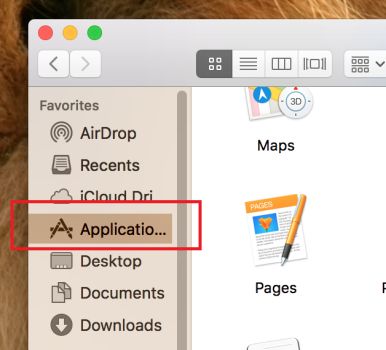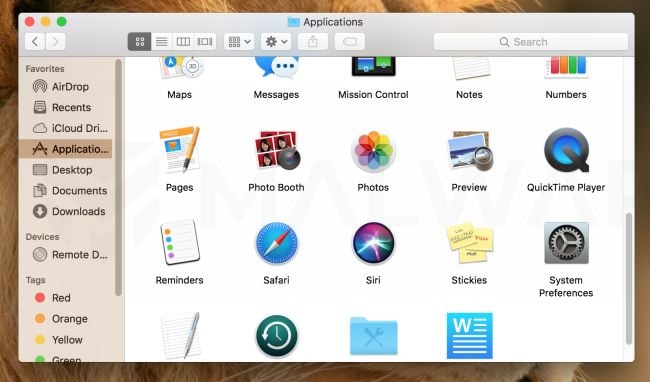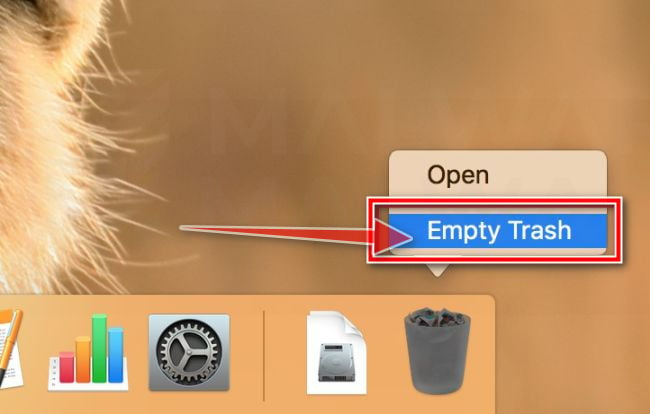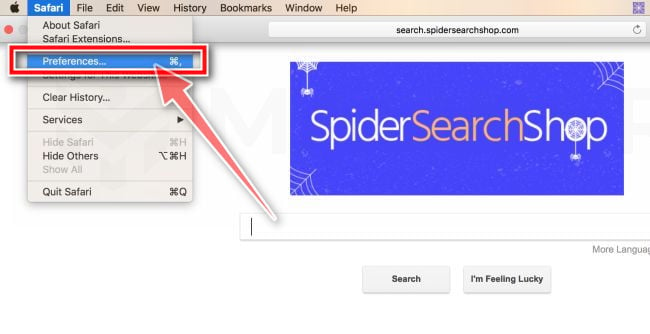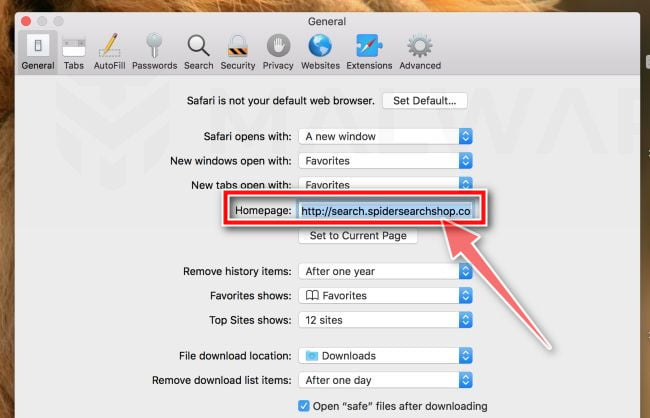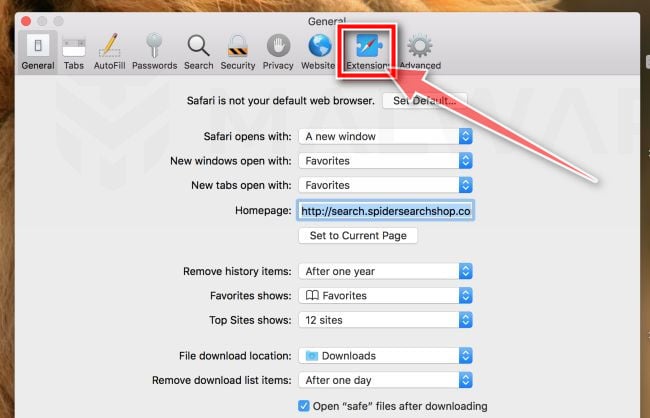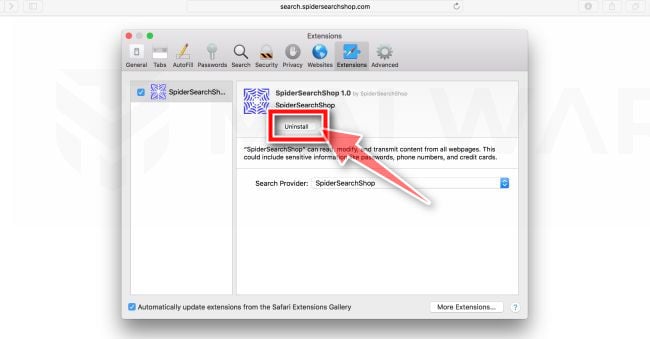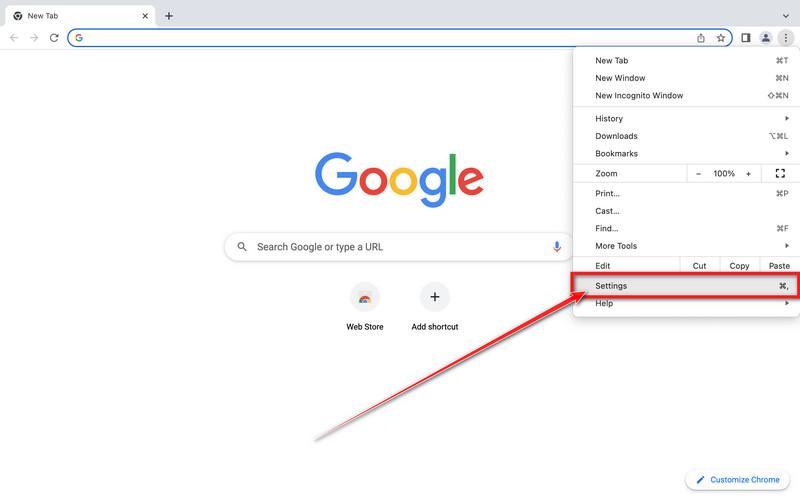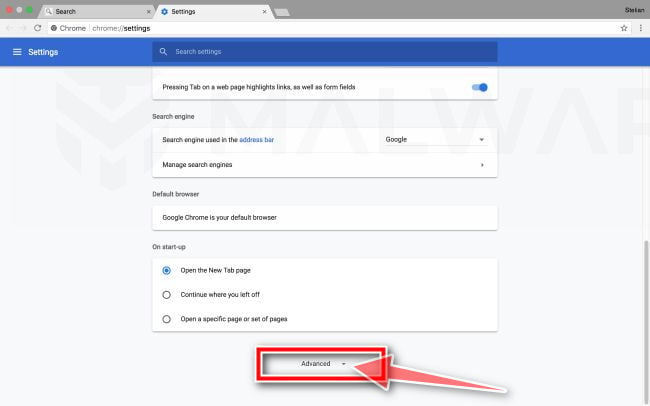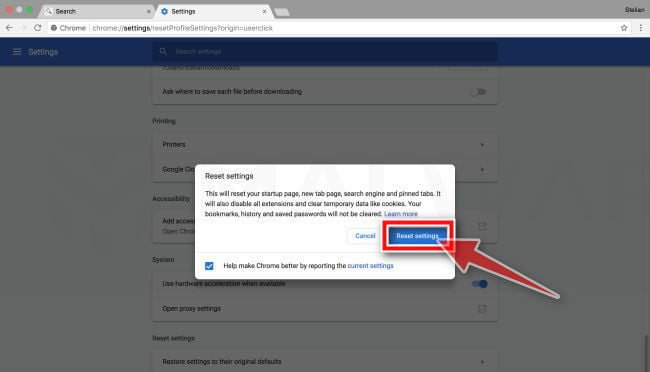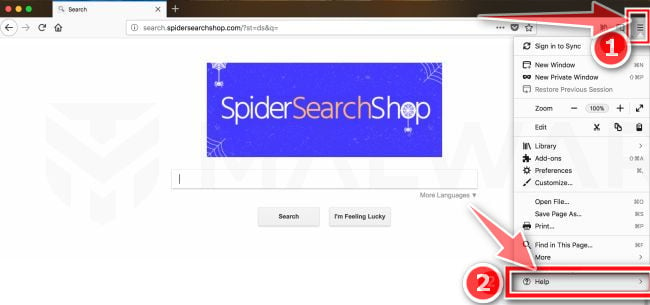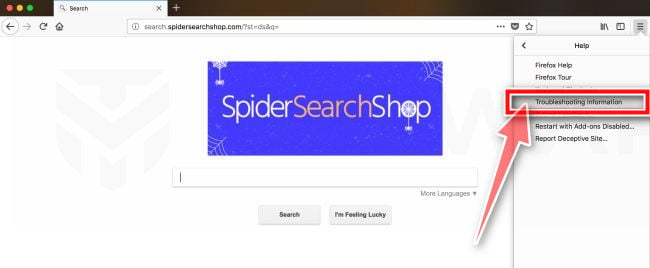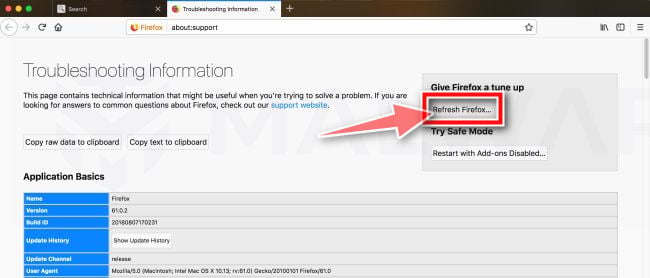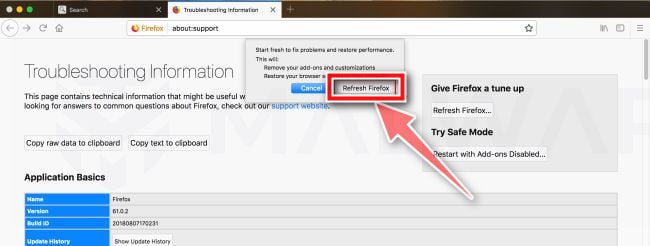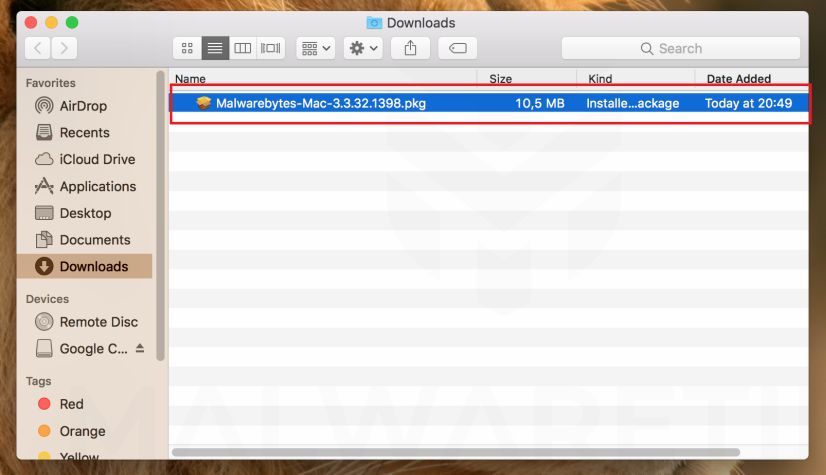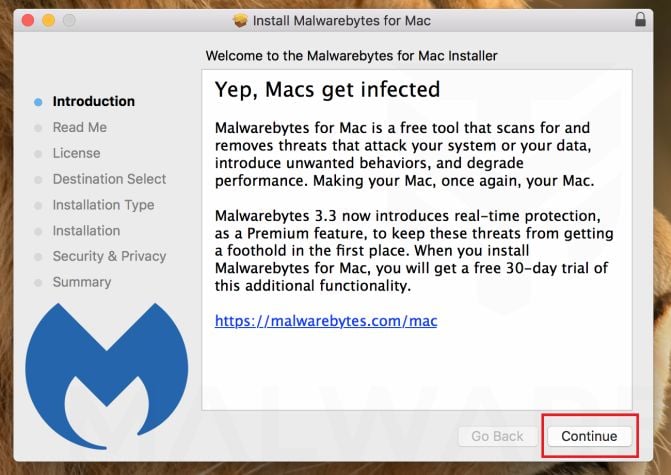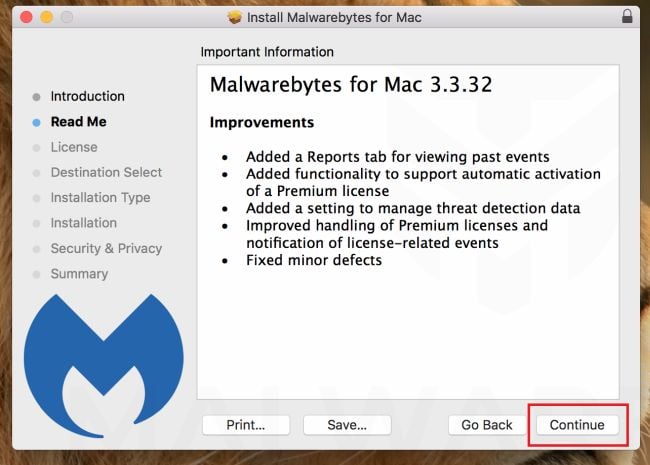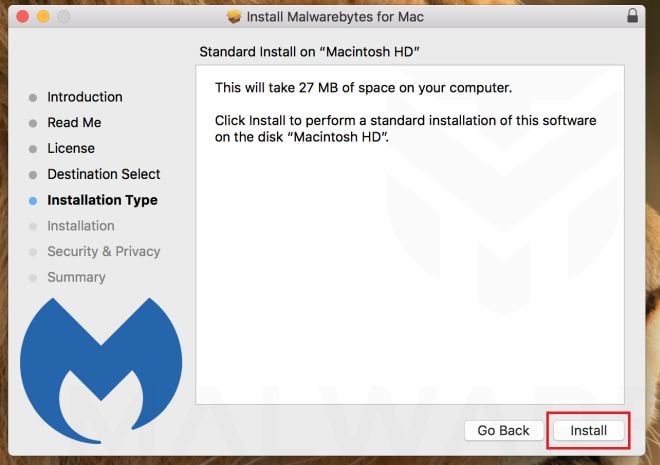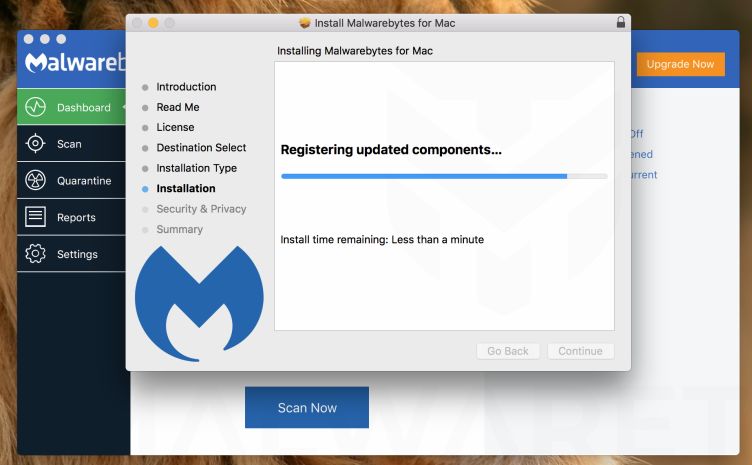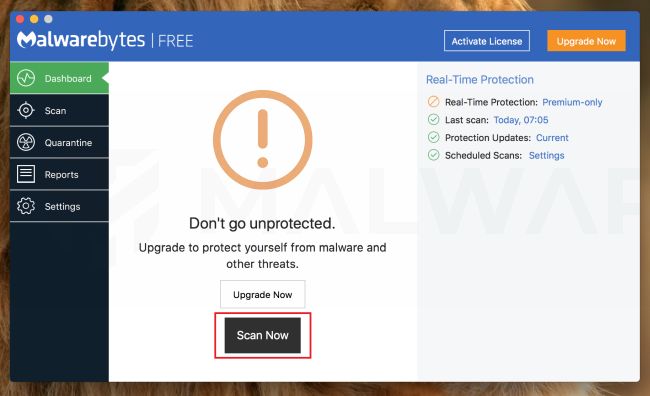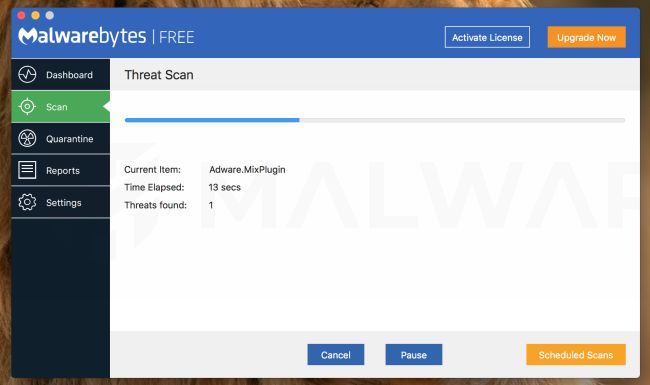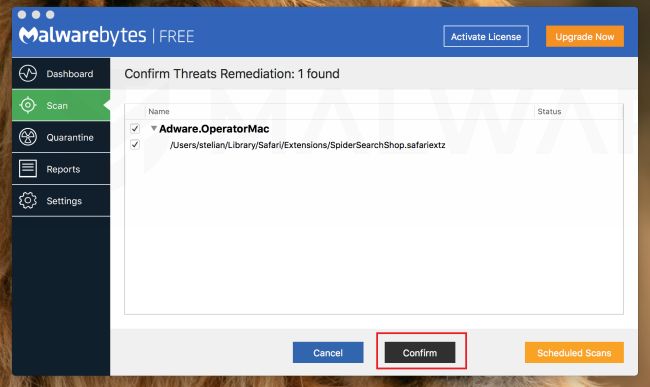The “Your Mac is Infected. Virus Found” page is a social engineering attack that displays a fake alert stating that your device is infected and that you need to download a program to fix it. However if you click on the “Install Now” button, rather than downloading a trustworthy program, you will be installing a potentiality unwanted program.
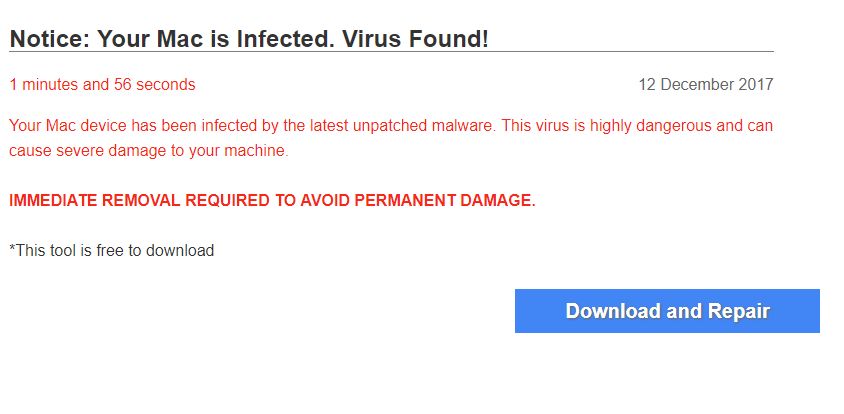
Your browser may be redirected to the sites that display the “Contact Apple Engineer” fake error messages either by malicious advertisements on the sites you visit or adware. This guide was written to help macOS users remove malware from their devices, if your just looking for a way to block the “Your Mac is Infected. Virus Found” redirect on a specific site, then you can use a free browser extension like Adblock.
When it comes to adware, these malicious programs are bundled with other free software that you download off of the Internet. Unfortunately, some free downloads do not adequately disclose that other software will also be installed and you may find that you have installed adware without your knowledge.
Once this malicious program is installed, whenever you will browse the Internet, your web browser will be redirect to sites that display a “Your Mac is Infected. Virus Found” message. This bogus alert is shown in such a way as to trick the user into thinking that your Mac is infected with malware, with the sole purpose of making them download a potentially unwanted application.
These “Your Mac is Infected. Virus Found” are aimed to promote the installation of additional questionable content including web browser toolbars, optimization utilities and other products, all so the adware publisher can generate pay-per-click revenue.
The message on the “Your Mac is Infected. Virus Found” pop-up is:
Notice: Your Mac is Infected. Virus Found!
Your Mac device has been infected by the latest unpatched malware. This virus is highly dangerous and can cause severe damage to your machine.
IMMEDIATE REMOVAL REQUIRED TO AVOID PERMANENT DAMAGE.
*This tool is free to download
Download and Repair
Here are a few typical signs that you have adware on your system:
- Advertisements appear in places they shouldn’t be.
- Your web browser’s homepage has mysteriously changed without your permission.
- Web pages that you typically visit are not displaying properly.
- Website links redirect to sites different from what you expected.
- Browser popups appear which recommend fake updates or other software.
- Other unwanted programs might get installed without your knowledge.
Always opt for the custom installation and deselect anything that is not familiar, especially optional software that you never wanted to download and install in the first place. It goes without saying that you should not install software that you don’t trust.
How To Remove “Your Mac is Infected. Virus Found” Pop-up Scam (Mac Guide)
Please perform all the steps in the correct order. If you have any questions or doubt at any point, STOP and ask for our assistance.
- STEP 1: Remove the malicious apps from Mac
- STEP 2: Uninstall malicious extensions from Safari, Chrome, or Firefox
- STEP 3: Use Malwarebytes for Mac to remove “Your Mac is Infected. Virus Found” adware
STEP 1: Remove the malicious apps from Mac
In this first step, we will try to identify and remove any malicious app that might be installed on your device.
-
Open “Finder”
Click the Finder application on your dock.

-
Click on “Applications”
In the Finder left pane, click on “Applications“.

-
Find and remove the malicious app.
The “Applications” screen will be displayed with a list of all the apps installed on your device. Scroll through the list until you find the malicious app, right-click it, and then click “Move to Trash”.
Known malicious apps: WeKnow, MacSaver, MacVX (and variants like MacVaX), MacCaptain, MacPriceCut, SaveOnMac, Mac Global Deals or MacDeals, MacSter, MacXcoupon, Shop Brain (or variants like SShoP Braaiin), PalMall, MacShop, MacSmart, News Ticker Remover, Shopper Helper Pro, Photo Zoom, Best YouTube Downloader, ArcadeYum, Extended protection, Video download helper, FlashFree or GoldenBoy.
The malicious app may have a different name on your device. If you cannot find any malicious apps, you can proceed with the next step
.

-
Click “Empty Trash”
On the dock, right-click on the trash icon and select “Empty Trash”. Doing so deletes the Trash’s contents, including the program that you just sent to the Trash.

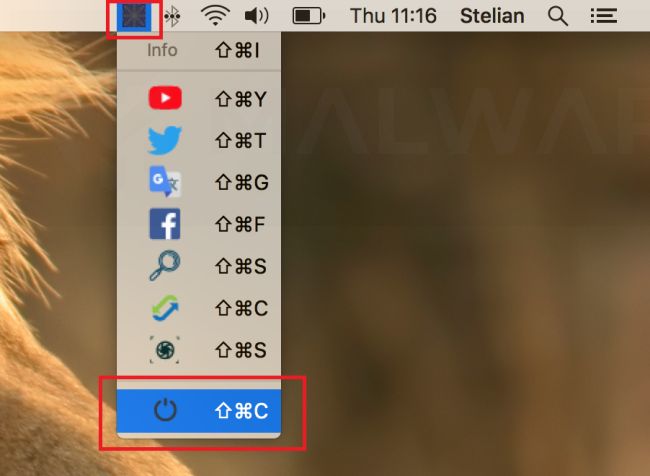 Next, click the desktop to make sure you’re in the Finder, choose Go > Go to Folder, type in /Users/Shared/. In the Shared folder, delete the Slimi files and folders.
Next, click the desktop to make sure you’re in the Finder, choose Go > Go to Folder, type in /Users/Shared/. In the Shared folder, delete the Slimi files and folders.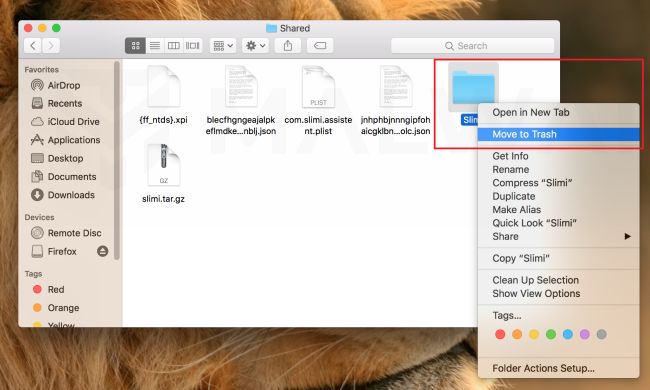
STEP 2: Uninstall the malicious extensions from Safari, Chrome, or Firefox
Safari
-
Go to Safari’s “Preferences”.
On the menu bar, click the “Safari” menu and select “Preferences”.

-
Check Homepage.
This will open a new window with your Safari preferences, opened to the “General” tab. Some browser hijackers may change your default homepage, so in the Homepage field make sure its a web page you want to use as your start-up page.

-
Click “Extensions”
Next, click on the “Extensions” tab.

-
Find and uninstall the malicious extension.
The “Extensions” screen will be displayed with a list of all the extensions installed on Safari. Scroll through the list until you find the malicious extension, and then click on “Uninstall” to remove it. By default, there are no extensions installed on Safari.
Known malicious extensions: WeKnow, MacSaver, MacVX (and variants like MacVaX), MacCaptain, MacPriceCut, SaveOnMac, Mac Global Deals or MacDeals, MacSter, MacXcoupon, Shop Brain (or variants like SShoP Braaiin), PalMall, MacShop, MacSmart, News Ticker Remover, Shopper Helper Pro, Photo Zoom, Best YouTube Downloader, ArcadeYum, Extended protection, Video download helper, FlashFree or GoldenBoy.
The malicious extension may have a different name on your device. If you cannot find any malicious extension, you can proceed with the next step.

Google Chrome
-
Click on the three dots at the top right and click “Settings”.
Click on Chrome’s main menu button, represented by three dots at the top right corner. Now click on the menu option labeled Settings as shown by the arrow in the picture below, which will open the basic settings screen.

-
At the bottom, click “Advanced”.
Chrome’s “Settings” should now be displayed in a new tab or window, depending on your configuration. Next, scroll to the bottom of the page and click on the “Advanced” link (as seen in the below example).

-
Under the section “Reset,” click “Reset”.
Chrome’s advanced settings should now be displayed. Scroll down until the “Reset and clean up” section is visible, as shown in the example below. Next, click on the “Reset settings to their original defaults” button.

-
Confirm by clicking “Reset”.
A confirmation dialog should now be displayed, detailing the components that will be restored to their default state should you continue on with the reset process. To complete the restoration process, click on the “Reset Settings” button.

Mozilla Firefox
-
Go to the “Help” menu.
Click on Firefox’s main menu button, represented by three horizontal lines. When the drop-down menu appears, select the option labeled “Help“.

-
Click “Troubleshooting Information”.
From the Help menu, click on “Troubleshooting Information“.
If you’re unable to access the “Help” menu, type about:support in your address bar to bring up the Troubleshooting information page.
-
Click on “Refresh Firefox”
Click the “Refresh Firefox” button in the upper-right corner of the “Troubleshooting Information” page.

-
Confirm.
To continue, click on the “Refresh Firefox” button in the new confirmation window that opens.

-
Click on “Finish”.
Firefox will close itself and will revert to its default settings. When it’s done, a window will list the information that was imported. Click on the “Finish“.
STEP 3: Use Malwarebytes for Mac to remove “Your Mac is Infected. Virus Found” adware
Malwarebytes is one of the most popular and most used anti-malware apps, and for good reasons. It is able to destroy many types of malware that other software tends to miss, without costing you absolutely nothing. When it comes to cleaning up an infected device, Malwarebytes has always been free and we recommend it as an essential tool in the fight against malware.
The first time you install Malwarebytes, you’re given a free 30-days trial of the premium edition, which includes preventative tools like real-time scanning and specific protection from ransomware. After 30 days, it automatically reverts to the basic free version that will detect and clean up malware infections only when you run a scan.
-
Download Malwarebytes.
You can download Malwarebytes by clicking the link below.
 MALWAREBYTES FOR MAC DOWNLOAD LINK
MALWAREBYTES FOR MAC DOWNLOAD LINK
(The above link will open a new page from where you can download Malwarebytes for Mac) -
Double-click on the Malwarebytes setup file.
When Malwarebytes has finished downloading, double-click on the Malwarebytes-Mac-3.x.y.zzz.pkg file to install Malwarebytes on your device. In most cases, downloaded files are saved to the Downloads folder.

-
Follow the on-screen prompts to install Malwarebytes.
When the Malwarebytes installation begins, you will see the Malwarebytes Setup Wizard which will guide you through the installation process. The setup wizard displays an introduction to Malwarebytes for Mac. Click on “Continue” to complete the installation process.


Next, click on “Install“.


-
Click on “Scan Now”.
Once installed, Malwarebytes will automatically start and update the antivirus database. To perform a system scan, click on the “Scan Now” button.

-
Wait for the Malwarebytes scan to complete.
Malwarebytes will now start scanning your Mac for adware and other malicious apps. This process can take a few minutes, so we suggest you do something else and periodically check on the status of the scan to see when it is finished.

-
Click on “Confirm”.
When the scan has completed, you will be presented with a screen showing the malware infections that Malwarebytes has detected. To remove the malicious apps that Malwarebytes has found, click on the “Confirm” button.

Malwarebytes will now remove all the malicious files that it has found. To complete the malware removal process, Malwarebytes may ask you to restart your device.
The “Your Mac is Infected. Virus Found” pop-ups should now be removed from your device. If you are still experiencing problems while trying to remove the Your Mac is Infected. Virus Found pop-ups from your Mac, please ask for help in our Malware Removal Assistance for Mac forum.


